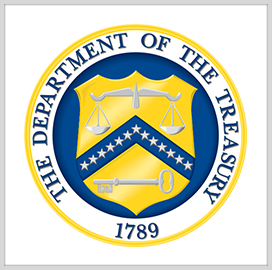The U.S. Navy plans to update its telework system and include more features to the cloud-based platform as the service branch prepares for long-term remote work operations, FedScoop reported Wednesday.
"We are moving to the cloud and we need everyone to get on board with the strategy,” said Andrew Tash, chief architect at the Department of the Navy, at a recent industry event hosted by the service. “We have a cloud-tolerant architecture in place, but we need to get to a cloud-native architecture.”
The Navy has projected to transition operations into a Microsoft 365 integrated environment and establish more advanced security features by June 2021.
According to FedScoop, the Navy seeks to implement a network-as-a-service framework for its telework operations to support elements such as calendar and email functionalities.
The Microsoft-based system is meant to build on the Navy’s existing Commercial Virtual Remote environment. By 2021, the service plans to deploy as many workloads and applications as possible to the new platform to support both remote and in-person operations.
Tash added that many parts of the Navy are all-in on cloud and telework modernization, there needs to be more unification in their efforts. “Disparate” efforts have not yielded the results Tash has hoped for, he said.








